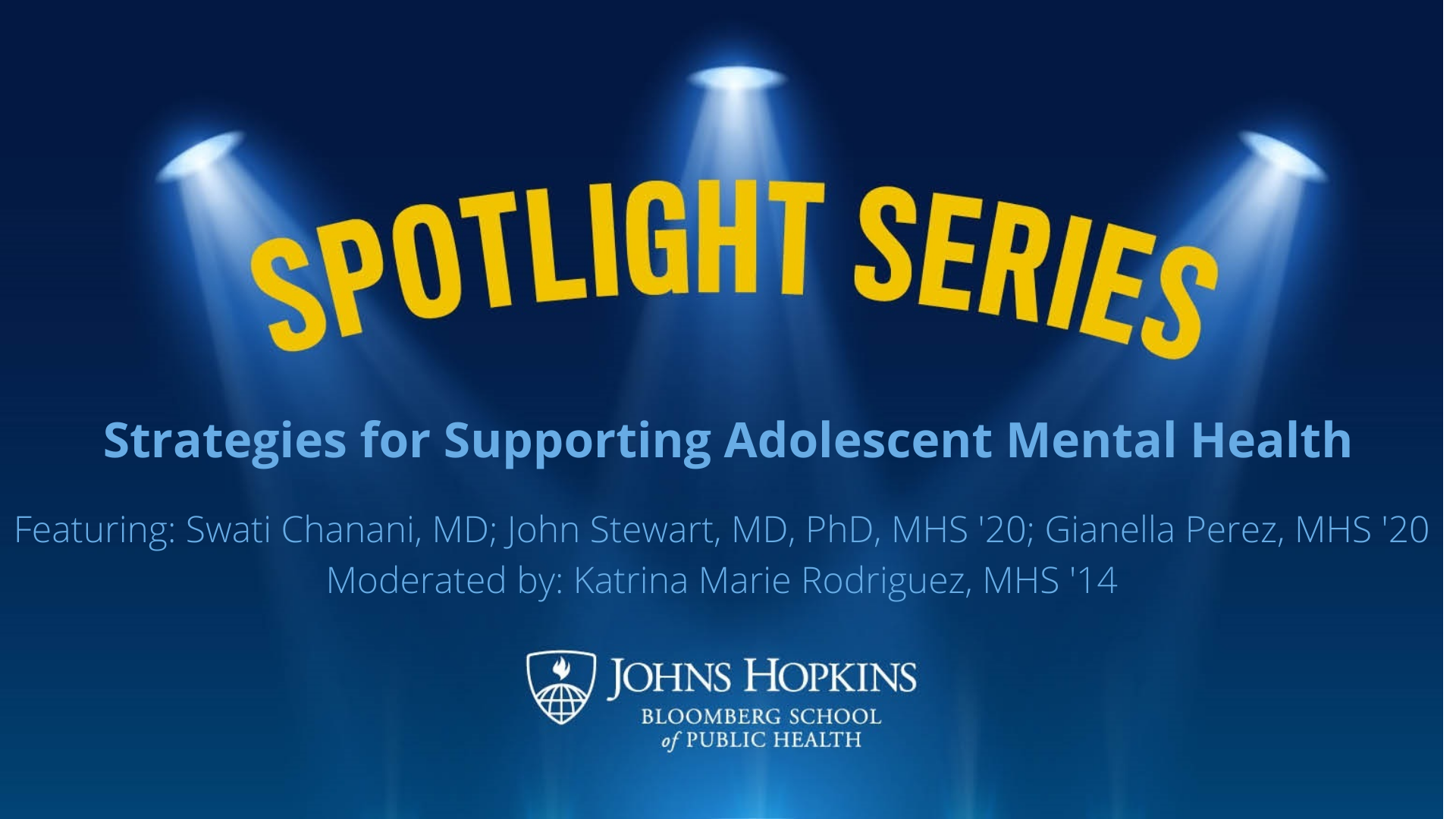Strategies for Supporting Adolescent Mental Health

Strategies for Supporting Adolescent Mental Health
In 2017, 13% of U.S. teens ages 12-17 stated they had experienced at least one major depressive episode in the past year, which is an increase from 8% in 2007. Levels of depression and anxiety in teens and adolescents have continued to increase during the pandemic, so much so that the U.S. Surgeon General Vivek Murthy issued a new Surgeon General’s Advisory to highlight the need to address the growing crisis around youth and adolescent mental health. It is not only adolescents in the United States that are facing these increased rates of anxiety and depression; a recent study published in JAMA Network found that in a meta-analysis of 29 studies including 80,879 youth globally, approximately 25.2% experienced depression and 20.5% experienced anxiety. The global prevalence of identified depression and anxiety has doubled from pre-pandemic levels. Families, healthcare providers, schools, and communities know mental health crises are increasing, but what should they do? Join us for a panel discussion on how anxiety and depression are identified, why we’re seeing an increase in cases, and what intervention methods can be adopted to support the health and well-being of young people.
